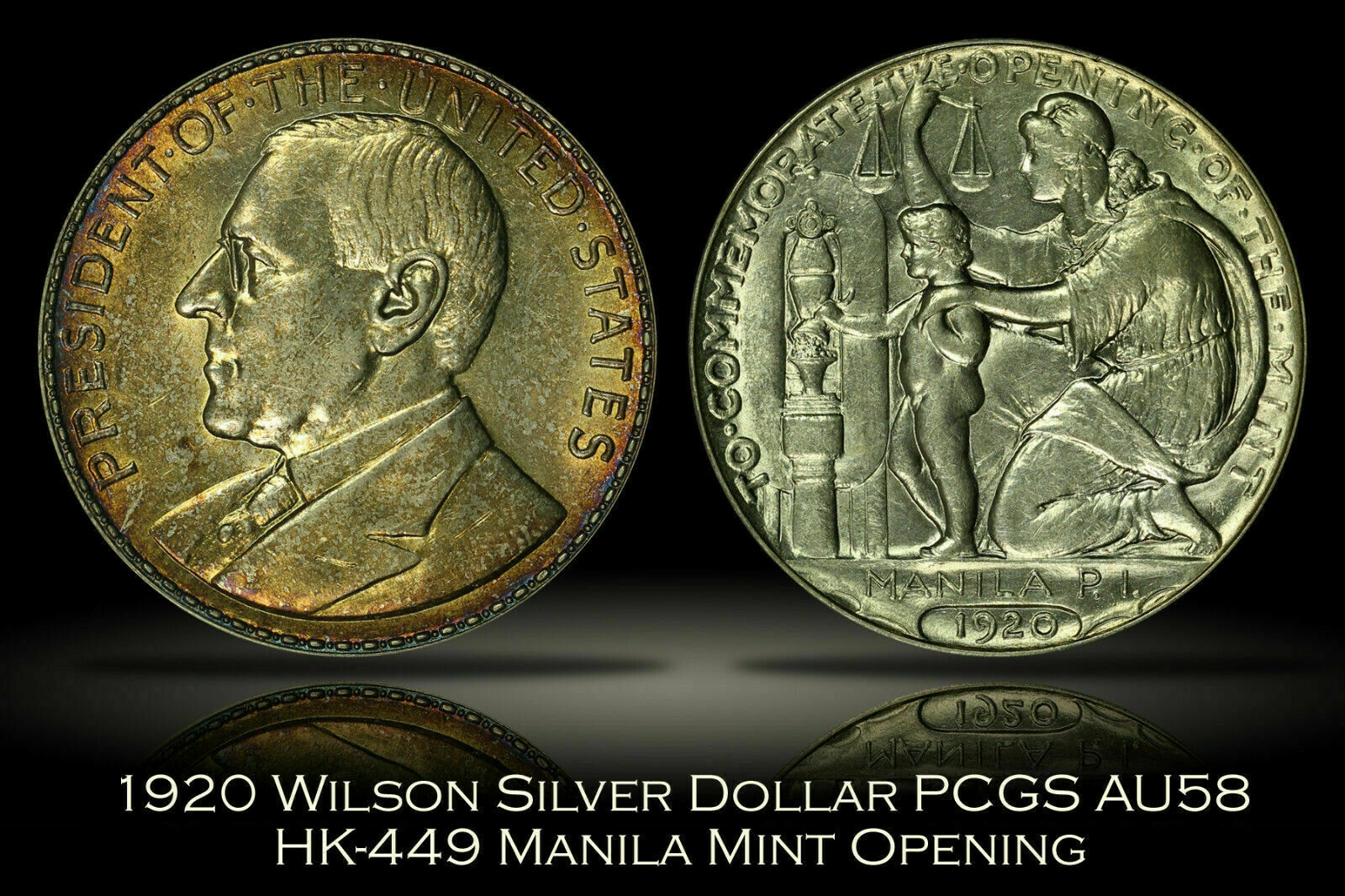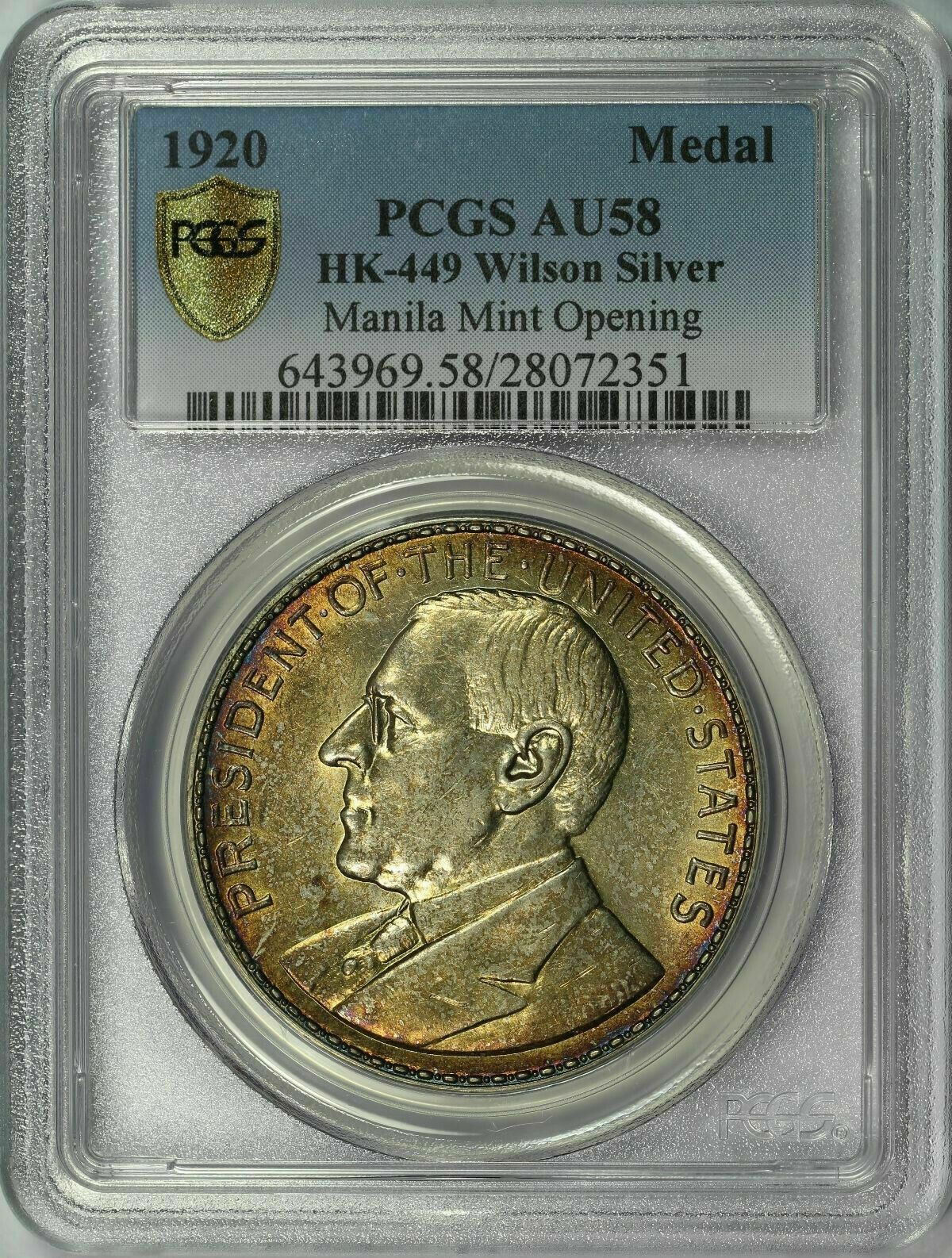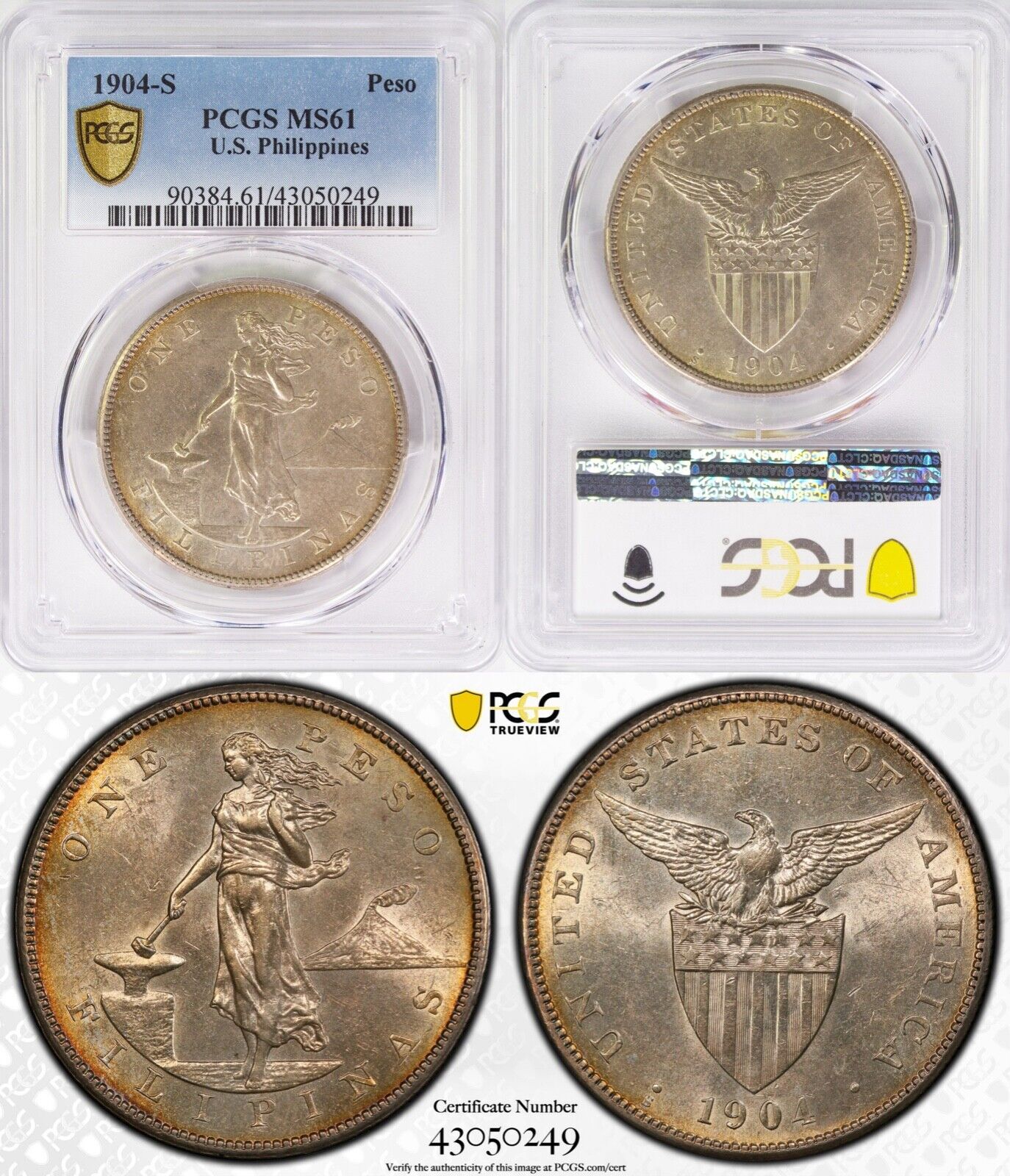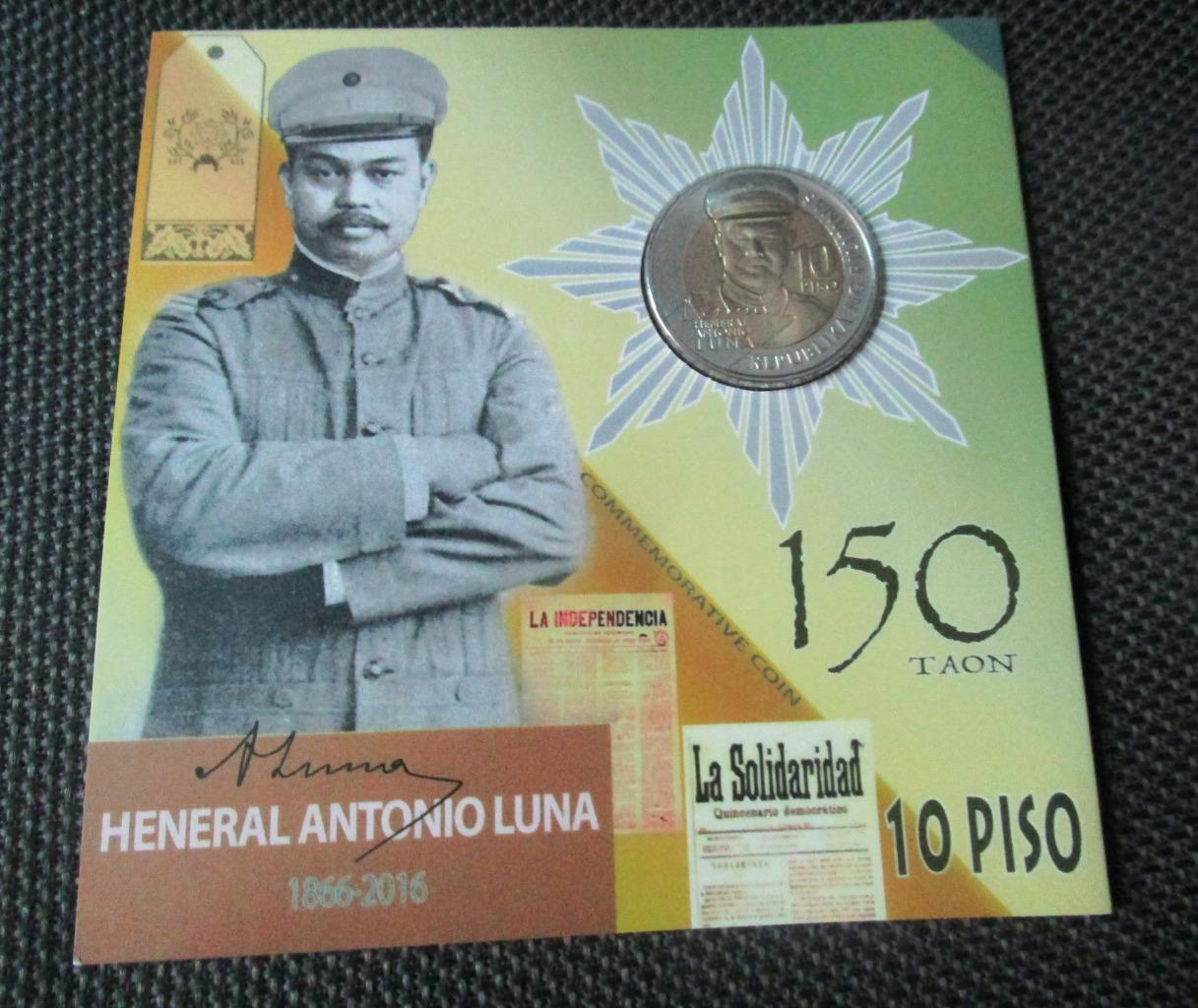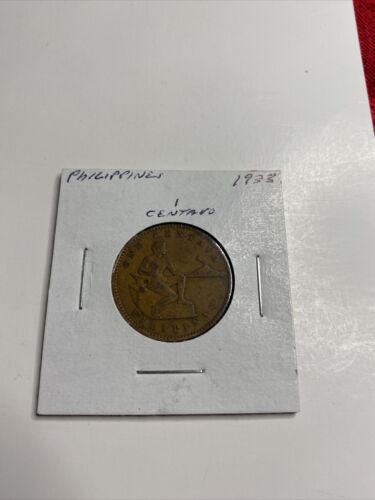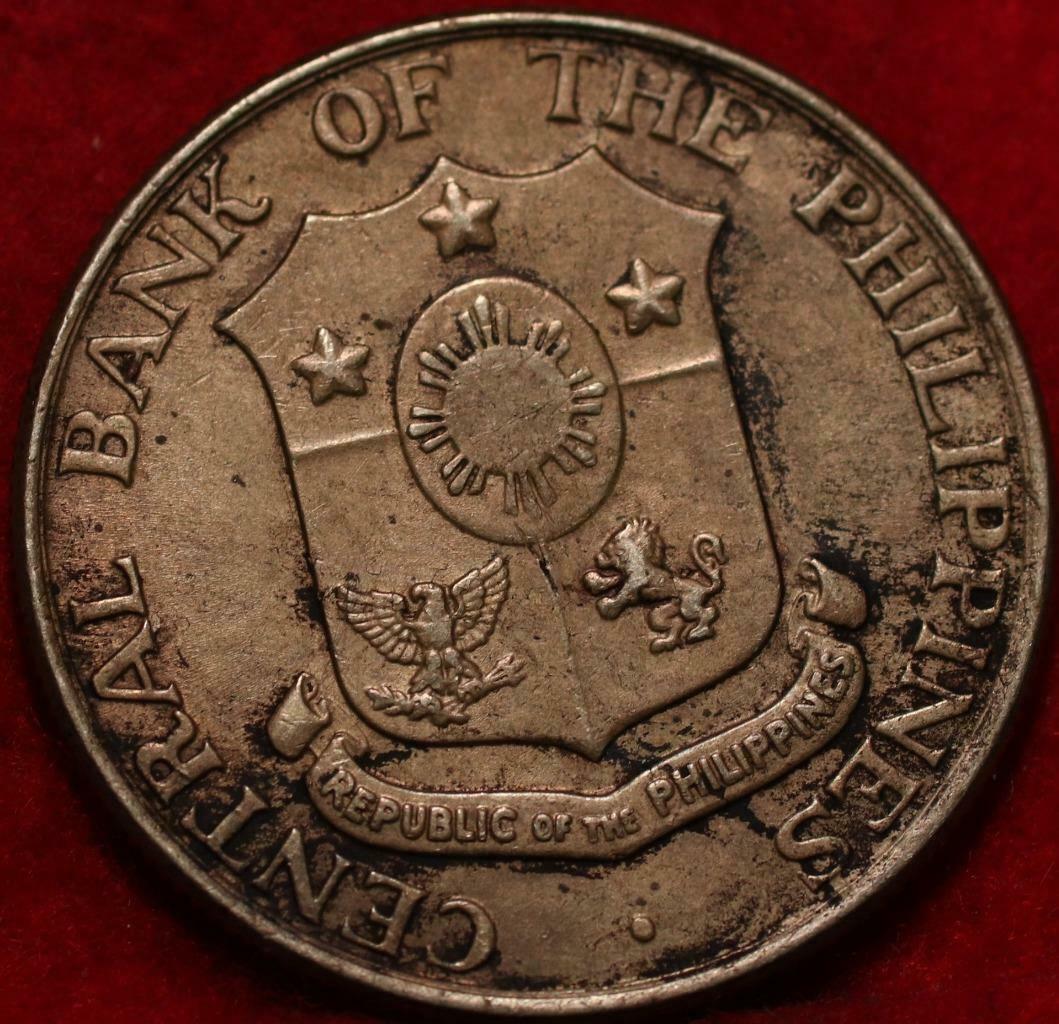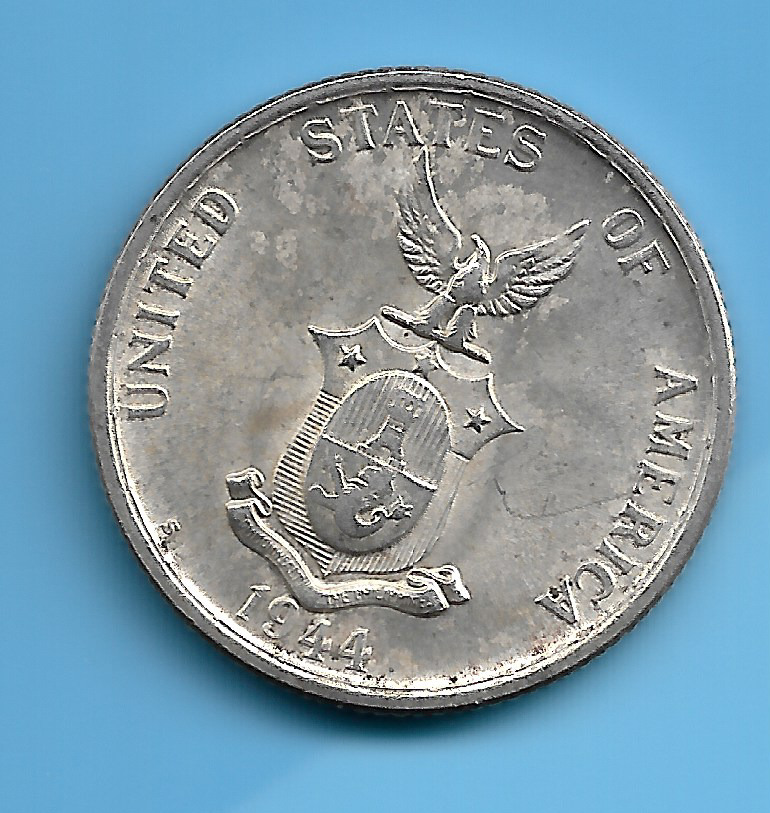-40%
Wilson Dollar 1920, Silber HK-449 PCGS AU58 Toning Manila Mint
$ 527.47
- Description
- Size Guide
Description
1920 Wilson Dollar Silver HK-449 PCGSAU58 Nice Toning Manila Mint Opening MedalPhilippines / USA - 1920 HK-449 Silver SC WilsonDollar / Manila Mint Opening - Allen #M1 -
Mintage: 2,200
Identification code: HK-449
Date: 1920
Mint Mark: None (ManilaMint)
Mintage: 2,200 (~37.26%of the total minted)
Country of origin:United States (US Philippine Territory)
Composition: 90% silver,10% copper
Size: 38 mm
Weight: 27.22grams (0.87514332 oz ASW)
This piece is a bit of a stretch for my "Mintedin the USA" set but is perfect to start off the Manila Mint set. It's nota coin, nor was it struck at a mint in the USA. It was however struck in aUnited States branch mint. This so-called ?Wilson Dollar? was very likelystruck on July 15, 1920, to commemorate the opening day of the Manila Mint inthe Philippines.
The obverse is dominated by the portrait of President Woodrow Wilson who isidentified only as the ?PRESIDENT OF THE UNITED STATES.? It was designed byGeorge T. Morgan and is a slightly abbreviated version of the design found onthe second Wilson inauguration medal in the United States Mint Presidentialseries.
The female figure on the reverse is often assumed to be Liberty, since this isa U.S. Mint medal. Occasionally, she is identified as Justice, probably becauseof the scales she is holding in her right hand. Neither of these are correcthowever. The reverse (also designed by Morgan) actually depicts "JunoMoneta" protecting and instructing a novice in the art and science of coinproduction. Juno Moneta is the Roman Goddess of Good Counsel, whose name means"Advisor" or "Warner", a very appropriate choice for amedal commemorating the opening of a mint.
According to The British Museum, "The origins of the modern English words'money' and 'mint' lie in ancient Rome. In the period of the Roman Republic,from about 300 BC onwards, coins were made near the temple of the goddess JunoMoneta. It was located on the Capitol (the modern Campidoglio), the citadel ofRome. The goddess's name, Moneta ('Warner' or 'Reminder') eventually came torefer to the place where the coins were made, the 'mint', and to its product,'money', both of which derive ultimately from the Latin word moneta."
The design of the medal is often credited to Clifford Hewitt. This medal wasstruck under the direction of Mr. Hewitt, who was responsible for the assemblyand installation of the minting equipment. The design though was Morgan's,whose initial appears on the base of Wilson's bust and to the right of Juno'sleft foot.
3,700 of these medals were stuck in bronze, 2,200 in silver, and three areknown to survive from an original mintage of 5 in gold. Many, possibly even themajority of the silver and bronze medals were dumped into the Pacific Ocean in1941 to keep them from falling into enemy hands when Japan invaded the Islands.These pieces were corroded by the exposure to sea water, and are often sold as?sea salvaged.? Many of those that escaped the ravages of the salt water havebeen cleaned, so pristine, unadulterated examples are relatively rare.
This particular medal is one of the 2,200 minted in silver and originally soldfor .00 in 1920.
The medal has superb eye appeal. The obverse isbeautifully toned with golden and red with a touch of bright blue and purplenear the rims. The reverse is bright white and very lustrous. Just a touch ofwear on the high points and some light circulation marks scattered about limitthe grade to AU58. A very light scratch on Wilson's cheek is also noted, but iswell-hidden in the eye appealing toning. Undoubtedly, one of the nicestcirculated examples of the Wilson Dollar that has survived.
